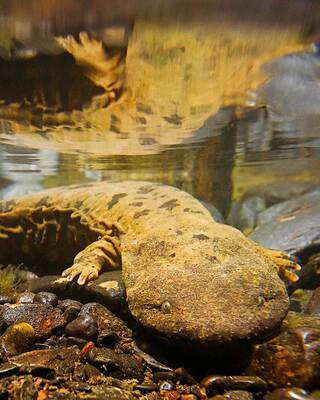Conservation Breeding at Zoo
Oglebay Zoo is one of 230 AZA-accredited zoos in the U.S. and the only one in WV, participating in 23 Species Survival Programs for conservation.
“Inspiring wildlife conservation and animal well-being through memorable experiences.”
A Legacy of Love: The Story Behind Oglebay Good Zoo
The spirit of a young boy named Philip Mayer Good lives on at the heart of the Oglebay Good Zoo. After Philip’s passing at just seven years old in 1971, his family—led by Laurance F. Good and Barbara Good—made a generous and heartfelt gift in his memory, envisioning a place where children and families could connect with nature, animals, and one another in a joyful and lasting way.
Inspired by the Good family’s generosity, the Wheeling community rallied around the vision. Schoolchildren collected pennies, families gave what they could, and the idea of a ten-acre zoo quickly blossomed into a 32-acre natural space nestled between Camp Russel and the Wheeling Country Club. It would become the first zoo in the nation built from the ground up as a natural area.
In August 1972, Philip’s younger brothers, Jay and Paul, helped break ground and became the founding members of the Good Zoo Friends. Fueled by community passion, the membership grew to over 4,000 families by the time the zoo officially opened to the public on Memorial Day weekend in 1977.
“As happiness makes up in depth for what it lacks in length, so did the joyousness of Philip’s life mirror our own affection,” said Barbara Good. “The creation of a zoo where the reality of life appears a bit happier and more comprehensible is, therefore, a very Philip thing to do.”
Today, the Good Zoo remains a symbol of generosity, community spirit, and the enduring power of a young boy’s legacy to bring joy and connection to others.
Oglebay Zoo supports global wildlife through breeding programs, habitat restoration, and local rehab for endangered native species.
Oglebay Zoo supports global wildlife through breeding programs, habitat restoration, and local rehab for endangered native species.




